Are you standing in the paint aisle, overwhelmed by the endless choices and unsure what…
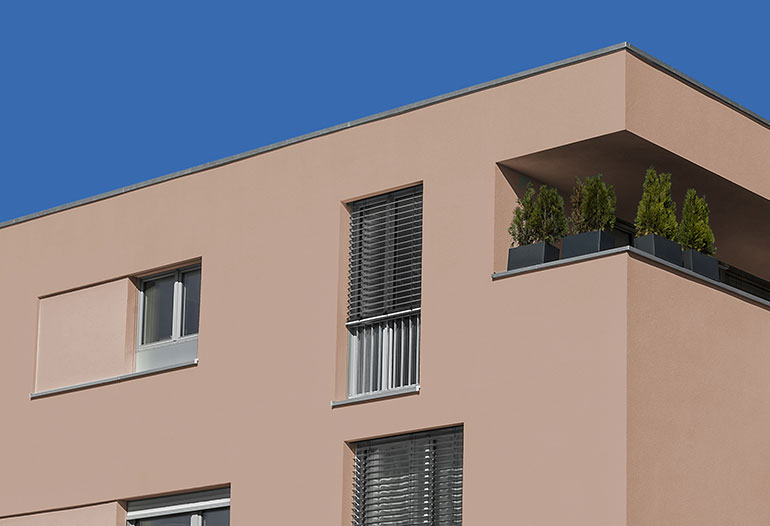
The best exterior paints for your home
Take a moment to consider your home’s exterior. How does it make you feel? Does it reflect your style, or is it time for a change? Choosing the right exterior paint for your home is essential for enhancing its aesthetic appeal and protecting it from the elements. Whether you’re painting wood, brick, or metal, selecting the best outdoor paint can significantly impact the durability and appearance of your home’s exterior.
Let’s explore the top picks and look at some tips for selecting the best exterior house paint, and offer insights into the application process to achieve a professional-looking finish.
Why choosing the best exterior paint matters
The exterior of your home faces constant exposure to weather conditions such as rain, sunlight, and fluctuating temperatures. Using the best exterior paint is important for several reasons:
- Protection: High-quality exterior paints provide superior protection against moisture, UV rays, and changes in temperature.
- Aesthetic appeal: The right colour and finish can increase your home’s curb appeal, making it more inviting and visually pleasing.
- Longevity: Investing in durable paint means your coating will last longer, saving you time and money in the long run.
- Added value: Prospective buyers often consider the condition of the exterior paint when assessing a property, so investing in quality paint can be a wise financial decision.
- Personal expression: Your home’s exterior is a reflection of your style. Choosing the right colour and finish gives you the freedom to express your personality.
Factors to consider when choosing the best outdoor paint
Before discussing our top picks, here are some key factors to consider when selecting the best outdoor paint:
- Surface type: Different surfaces require different paint types. For instance, wood, metal, and masonry have unique properties that paint needs to adhere to effectively. Understanding the material you’re painting is essential for selecting the right product.
- Climate: Consider your local climate. If you live in an area with high humidity, you’ll want a paint that resists mould and mildew. Conversely, in sunny regions, UV resistance is needed to prevent colour fading.
- Finish: The sheen of the paint affects durability and appearance. Options typically range from flat to glossy. A flat finish is less reflective and hides imperfections well, while a glossy finish offers greater durability and is easier to clean.
- Colour: Light colours reflect sunlight, while darker colours can absorb heat. Consider your neighbourhood’s aesthetic and guidelines when choosing a paint colour.
Top picks for the best exterior masonry paint
Masonry paint for exterior walls
When it comes to masonry surfaces, choosing the right paint can significantly impact the durability and appearance of your home’s exterior.
Labour and material costs— including scaffolding—are expensive, so an exterior coating is an investment that needs to last as long as possible to improve maintenance cycles and save you money.
Masonry paint is specially formulated to adhere to various mineral surfaces, providing protection and enhancing aesthetics. Consider paints that are breathable, allowing water vapour to pass through the surface rather than getting trapped underneath, which can lead to the paint bubbling and flaking off.
Investing in high-quality masonry paint is an investment in your home, helping to look after and protect your house for longer.
Application tips for exterior paint
To achieve the best results with your chosen exterior paint, consider the following application tips:
- Surface preparation: Properly prepare the surface by cleaning it of dirt and mildew with an appropriate fungicidal wash. Scrape off all loose and peeling paint. Sanding may also be necessary to create a smooth surface for better adhesion.
- Weather conditions: Aim to paint on a dry day with mild temperatures and a good breeze. Avoid painting in direct sunlight, as the paint can dry too quickly, affecting adherence and finish. The ideal temperature range for painting is typically between 7 and 30 degrees Celsius. Do not paint immediately after rain or if rain is imminent. Ensure the newly painted surface is fully protected in case of rain to allow the paint to dry and cure.
- Priming: For new or absorbent surfaces, it may be necessary to apply a primer to even out surface porosity. When painting on older or previously painted surfaces, priming is not always necessary as long as the surface is compatible and properly prepared. However, priming will help the paint adhere better and give you a uniform base for application.
- Use quality brushes and rollers: Invest in high-quality brushes and rollers that are appropriate for the type of paint you are using. This can significantly affect the final finish and make the application process smoother.
- Clean tools: Clean your brushes, rollers, and sprayers immediately after use to maintain their quality for future projects.
- Test colours: Before committing to a colour, apply samples to a small area of your home’s exterior to see how they look in different lighting conditions throughout the day. This can help you make a better decision.
Bottom line
Choosing the best exterior paint for your home is a decision that affects both its appearance and longevity. By considering the factors we have shared, you can select a product that not only looks great but also withstands the test of time. Whether you opt for any of these, investing in quality paint will pay off in the long run.

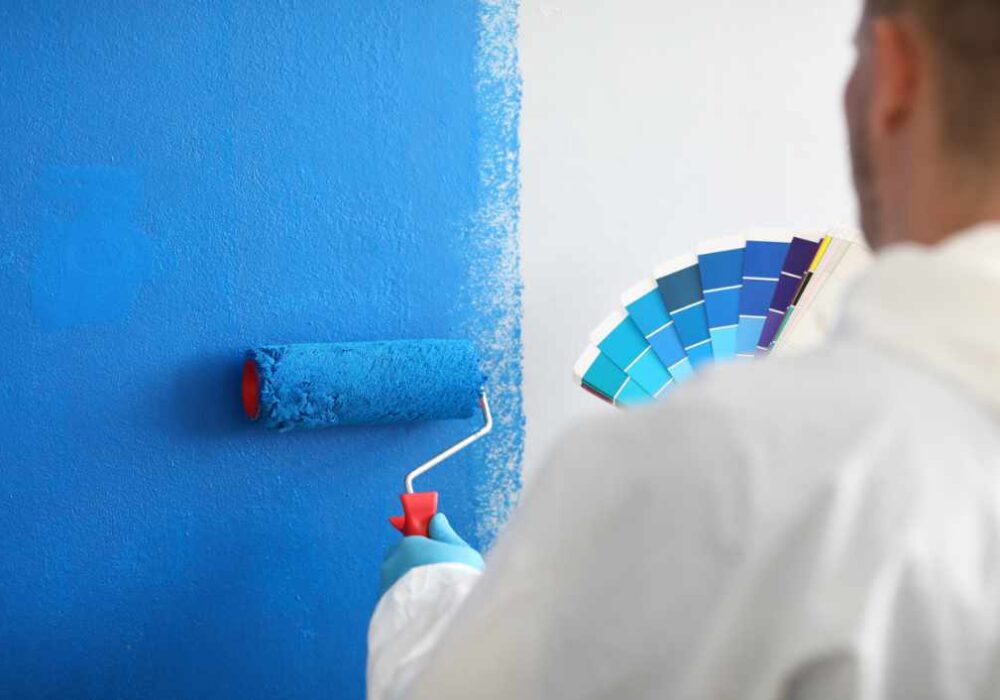
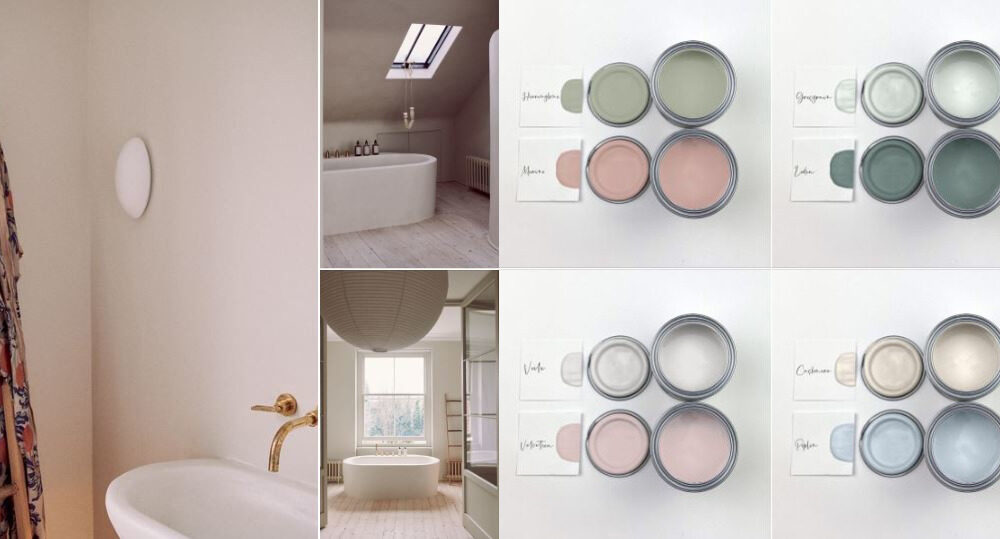


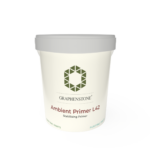
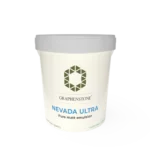
This Post Has 0 Comments